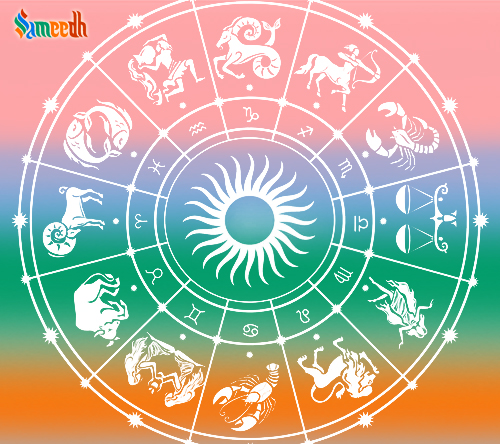The origin and symbolism of Shiv Ling are explained in various Hindu texts, including the Purans. While different Purans may present variations in the details, the general theme revolves around the cosmic symbolism and the formlessness of the divine.

Here is a broad overview of how the Shiv Ling is said to have originated:
- Story of the Infinite Pillar of Light:
- According to some versions in the Purans, once there was a disagreement between Lord Brahma, the creator, and Lord Vishnu, the preserver, about who was the superior among them. To resolve the dispute, Lord Shiv appeared as an infinite pillar of light, known as the “Lingodbhava.” The pillar extended infinitely upwards and downwards, challenging both Brahma and Vishnu to find its ends.
- Brahma’s Quest:
- In the story, Lord Brahma took the form of a swan and flew upward to find the top of the pillar. However, he failed to reach its summit. On his way down, he encountered a Ketaki flower. When asked about where it had come from, the flower falsely claimed to have witnessed Brahma reaching the top of the pillar.
- Vishnu’s Admission:
- Lord Vishnu, realizing the divine nature of the pillar, acknowledged his inability to find its base. The infinite pillar of light symbolized the formless and infinite nature of Lord Shiv.
- Shiva Appears as Linga:
- To settle the dispute and to reveal the supremacy of Lord Shiv, the infinite pillar of light transformed into the form of a Linga. The Linga represents the cosmic axis, the unmanifested form of Shiv, and the source of all creation.
- Symbolism of the Linga:
- The Shiva Linga is symbolic of the formless and eternal nature of Shiv. The cylindrical shape represents the unmanifested cosmic pillar, and the base (known as the yoni) symbolizes the divine feminine, representing the creative energy of the universe.
It’s important to note that the story of the origin of the Shiva Linga serves as a symbolic and philosophical explanation rather than a historical account. The Linga is a revered symbol in Shaivism, and its worship is central to many Shiva temples and devotees. The emphasis is on recognizing the formless aspect of the divine and the infinite nature of Shiv’s presence in the universe.
